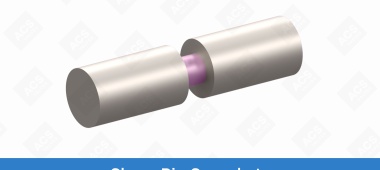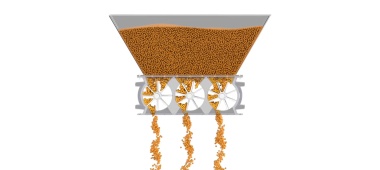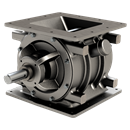Protect your workers from toxic chemicals

Unfortunately, exposure to toxic fumes from chemical cross-contamination won’t turn your workers into a totally awesome army of mutated lizard people.
In reality, the results of toxic exposure are much more serious and detrimental to the health of your workers on the floor. That’s why we’ve gathered a few tips to keep your plant within the Occupational Exposure Limit and keep them safe.
1. The Occupational Exposure Limit and your employees
The Occupational Exposure Limit (OEL) is pretty straightforward—it’s the amount of exposure your employees can take of a particular substance or dust before it becomes a risk to their health.
The National Institute for Occupational Safety and Health (NIOSH) under Centers for Disease Control and Prevention (CDC) has a comprehensive pocket guide to chemical hazards which alphabetically lists each toxin, and the risks associated with it.
For Canadian companies, check out the current OELs required under Regulation 833: Control of Exposure to Biological or Chemical Agents.
Your workers should be educated on the chemicals that they are working with, along with the accompanying brand names. Provide them with handbooks and Material Safety Data Sheets (MSDS) so that they know how to properly handle certain chemicals and that they’re fully aware of the risks involved.
You should also make sure to provide them with Person Protective Equipment (PPEs) before they head to the plant floor. Workers may need to be trained on how to properly wear PPEs as well so that they remain contaminant free, and avoid bringing any contaminants home with them.
2. Use airlocks to keep plant air fresh
We’re going to talk about two different types of airlocks here. One exists as an enclosure in your machinery—the airlock valve—and the other exists as a physical enclosure in your plant.
Rotary airlock valves are designed to keep material flowing through your machinery by sealing the airflow from the inlet to the outlet flanges. Without this type of airlock, your materials are at risk of flowing back up through the hopper and contaminating the air or the surfaces of your plant. In short, airlocks keep your materials moving to where they’re supposed to go.
Despite the name “airlock” however, this type of valve does still leak—which should be accounted for in the design of your valve. This is why we also recommend airlocks in your physical plant design when dealing with hazardous chemicals. These are separate rooms behind closed doors with air flowing into the restricted area from other areas.
The smaller the number of employees entering into that area, and the less time they spend there, the safer your plant will be.
It’s also important to properly ventilate these areas to ensure that there is enough clean air for your employees to breathe. This can take the form of both Local Exhaust Ventilation (LEV) near any potential leak points, and general ventilation that introduces fresh air into the enclosed space.
3. Keep it clean
Another reason to complete an MSDS is to avoid mixing chemicals with your cleaning products. It is however, still important to clean surfaces in the plant to prevent chemical cross contamination.
Simple things like using wet wipes, instead of dry wipes, while cleaning surfaces will prevent less dust from moving up into the air and cause potential dangers. Human error still exists, however, and sanitary features should also be built into your machinery.
We build U-shaped rotor pockets into our valves for this very reason. Instead of materials building up in the bottom of a V-shaped valve, our pockets allow for more flow, and make cleaning easier. You can also prevent material build-up by using glandless shaft seals and inboard bearings, and making cleaning easier with features like the Quick-Clean RotorRail.
4. No corrosive materials here
Because a lot of chemical and pharmaceutical products tend to be sticky, cohesive or corrosive, stainless steel is a good material for your rotary airlock valves. Additionally, they should be polished to a 180 grit finish to ensure minimal material build-up inside the rotor pockets.
And since some chemicals can react with cast iron construction valves, stainless steel is the better choice to prevent corrosion or other chemical reactions inside your valves.
For more information on all things pneumatic conveying, visit acsvalves.com.
Categories: OSHA , Manufacturing , Safety
Go ahead, make your valve
Put your own spin on our customizable valves to get the best valve for your application, material and industry.

We have a series of items available for quick shipment
Items include: Pressure blower packages, MD Series, S-Pellet Series, Diverter Valves, Flex Tip Series, Screw Conveyors

How to: Check rotor-to-housing tolerances
Keep your rotary airlock valve compliant with NFPA guidelines and maintain strong performance by checking your rotor-to-housing clearances regularly.

Newsletter
Stay informed on all things ACSWe’ll keep you up-to-date on the latest valve how-tos, handy tips, and news from ACS. It’s totally free and you can opt out at any time.







